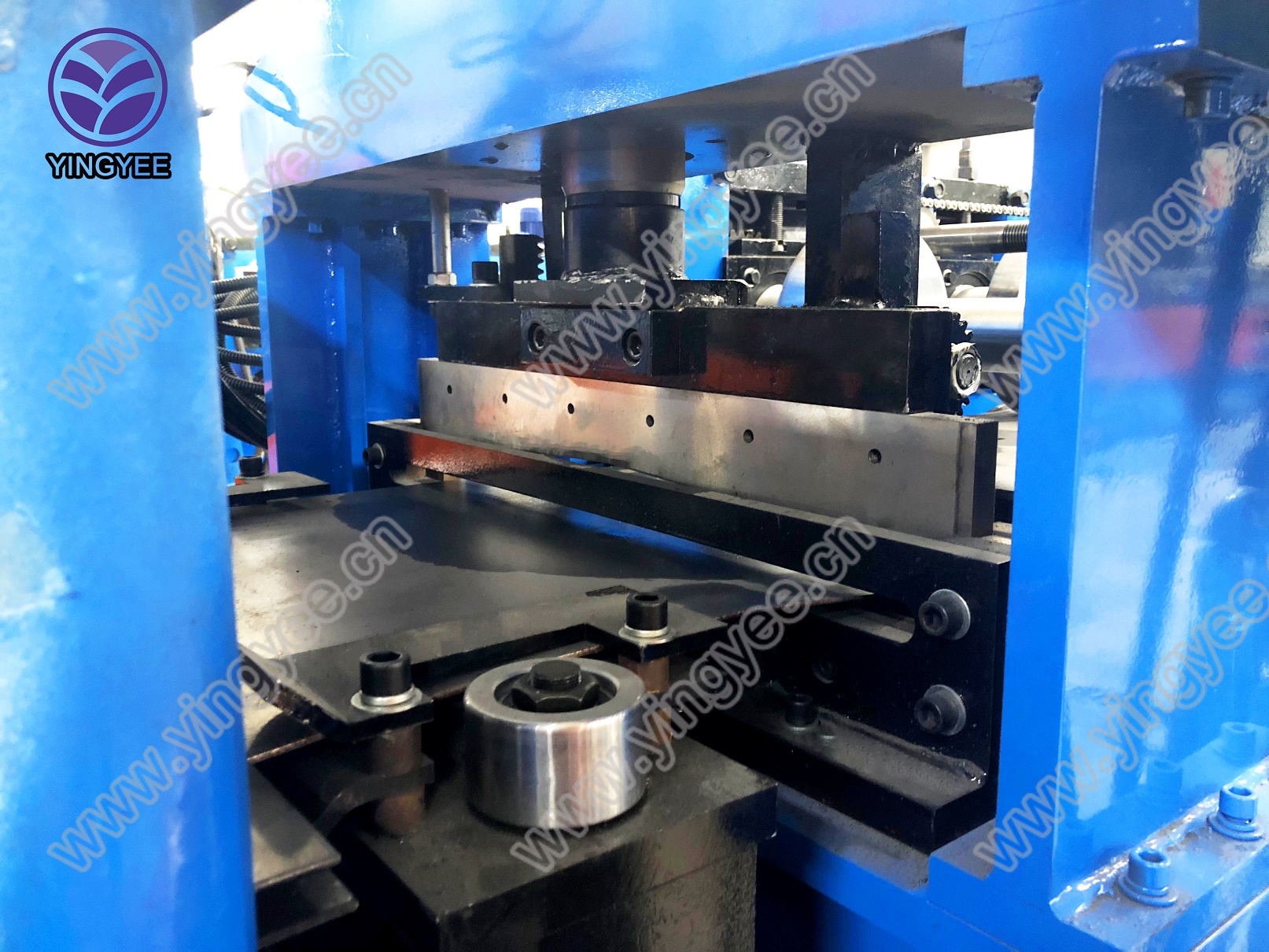
Understanding IBR Sheet Roll Forming Machines
The construction and manufacturing industries have seen a significant evolution in building materials, particularly in the production of roofing sheets. One of the standout innovations in this area is the IBR (Inverted Box Rib) sheet roll forming machine. This technology plays a crucial role in enhancing production efficiency, quality, and versatility in constructing roofing and wall cladding systems.
What is an IBR Sheet?
IBR sheets are a type of profiled metal sheet characterized by their unique shape, which features inverted box ribs. This design not only contributes to the aesthetic appeal of buildings but also enhances the structural integrity of roofing systems. The shape helps improve water runoff, making it highly effective for both residential and commercial buildings. IBR sheets are typically made from galvanized steel or aluminum, ensuring durability and resistance to corrosion.
How IBR Sheet Roll Forming Machines Work
An IBR sheet roll forming machine is designed to convert flat metal sheets into the desired IBR profile through a series of steps. The process begins with feeding a coil of metal into the machine. As the coil passes through various roll stations, it undergoes progressive forming to achieve the final shape.
The machine consists of several key components
1. Feeding Table This is where the metal coil is unrolled and fed into the machine. The table ensures a smooth transition, maintaining a straight path for the material. 2. Roll Forming Station This is the heart of the machine where the actual shaping occurs. The metal passes through a series of rollers that gradually bend and shape the material into the specified IBR profile. Precise alignment and spacing of these rollers are critical to ensure uniformity and accuracy in the final product.
3. Cutting Unit Once the metal is shaped into the IBR profile, it needs to be cut to the required length. The cutting unit can be operated either manually or automatically, depending on the machine design.
4. Control System Modern IBR sheet roll forming machines are equipped with sophisticated control systems that allow operators to set parameters such as speed, length, and profile specifications. This automation not only increases efficiency but also minimizes human error.

Benefits of Using IBR Sheet Roll Forming Machines
The advantages of IBR sheet roll forming machines are numerous
1. High Production Efficiency These machines can produce large quantities of IBR sheets in minimal time, significantly speeding up the manufacturing process.
2. Cost-Effectiveness By automating the production line, companies can reduce labor costs while also minimizing material waste through precise cuts and formations.
3. Quality Control The consistency of the roll forming process ensures that every sheet produced meets high-quality standards. Automation also allows for real-time adjustments to maintain product quality.
4. Versatility IBR sheet roll forming machines can be tailored to produce different sheet profiles and sizes, making them adaptable to various architectural requirements.
5. Durability and Strength The forming process often enhances the strength of the sheets, providing a resilient solution for roofing and cladding that can withstand harsh weather conditions.
Conclusion
Investing in an IBR sheet roll forming machine represents a significant step towards enhancing the efficiency and quality of metal sheet production. With the rising demand for durable and aesthetically pleasing roofing materials, this technology provides builders and manufacturers with the tools they need to meet contemporary challenges in construction. As the industry continues to evolve, the importance of innovative machinery like the IBR sheet roll forming machine cannot be overstated—it is essential for producing materials that not only fulfill structural requirements but also add value to modern architecture.